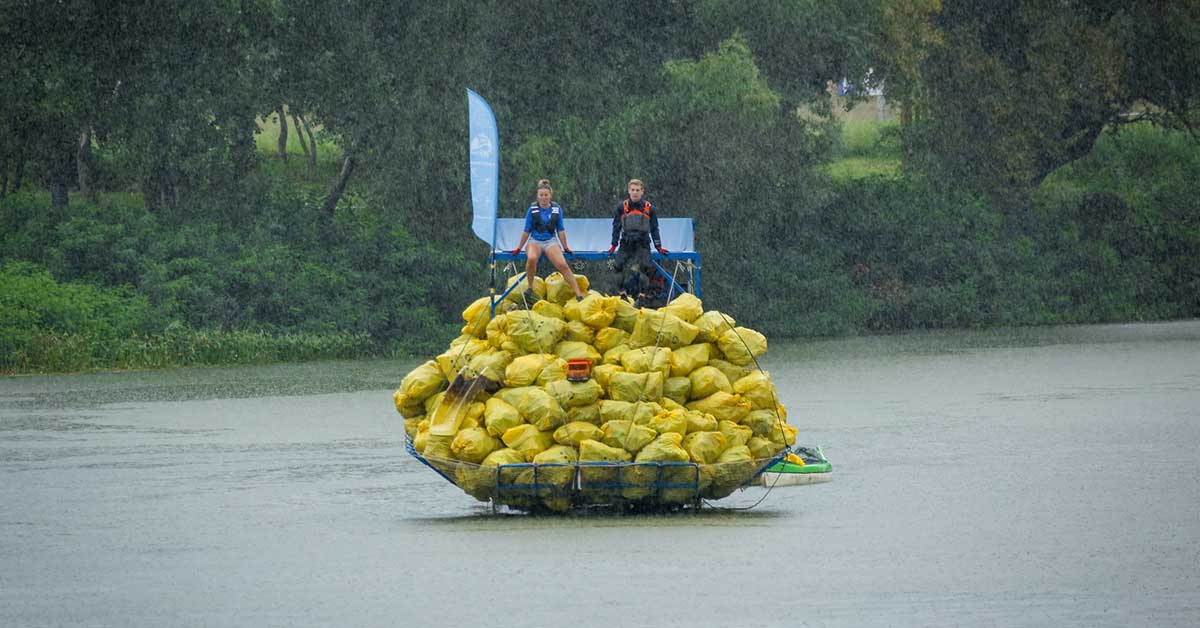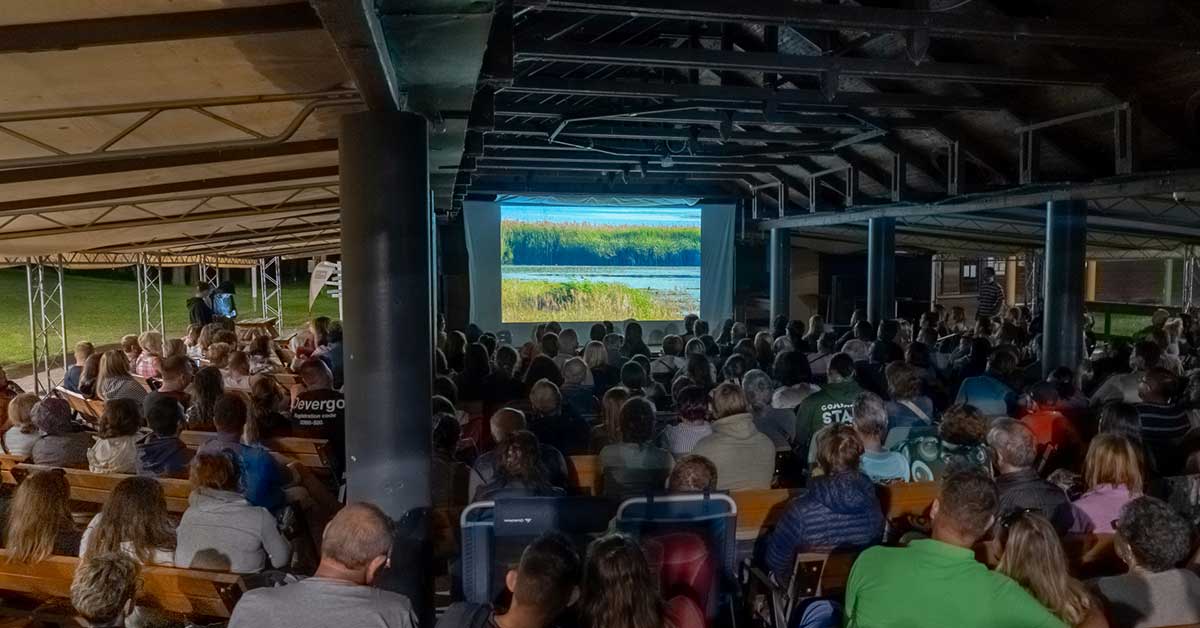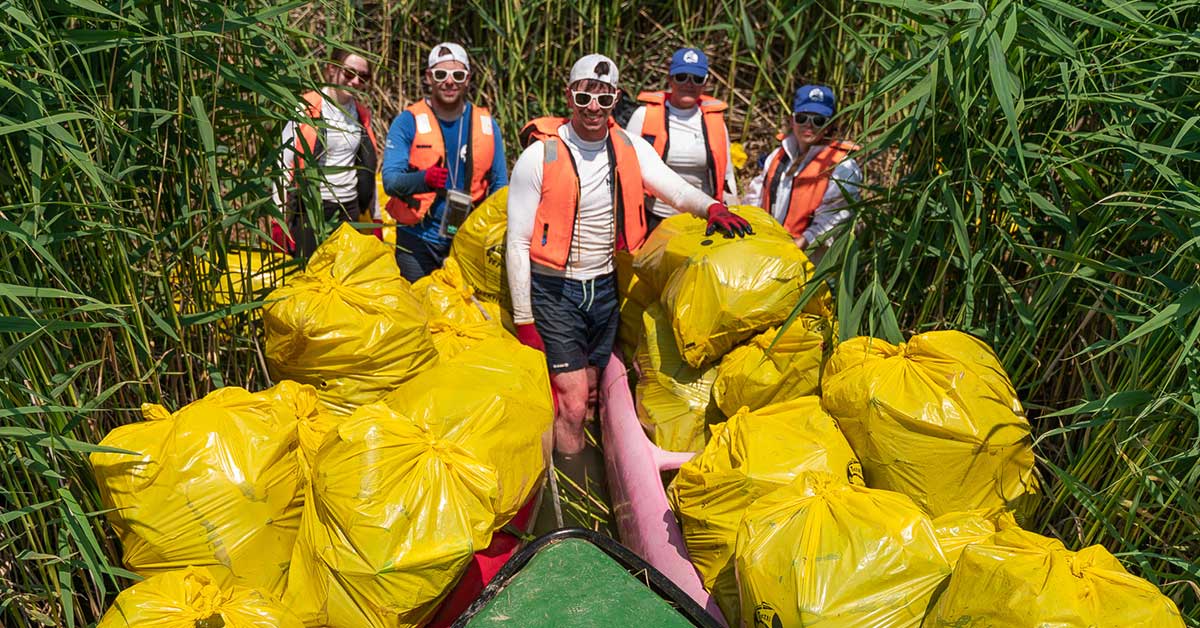
On the last weekend of September, the scents and buzz on the riverbank of Tisza at Szolnok attracted plenty of visitors at the weekend. The 9th Tisza Fish Day brought a variety of events, such as cooking competition, an exhibition of old stoves, and artisan programs, but the highlight was most certainly the repatriation of 600 fish into the river.
The latter is a popular occasion for years, this time 400 of all fish were sterlets, a relatively small species of sturgeon, that’s listed as “endangered” by the International Union for Conservation of Nature (IUCN).
The fish were marked so they can be monitored throughout their lives (up to 25 years).
Did you know?
In May and June, sterlets spawn on gravel banks in flowing water, laying as many greyish-white eggs as 100,000. The larvae hatch in about 5 days and start migrating towards the Black Sea, but they don’t ever get there and eventually turn back. This phenomenon is called “imitated migration”: sterlets were sea fish in the past some of their instincts have remained from those times.
Ferenc Szalay, the mayor of the town said, that around the Tisza “fishing was more typical, and we always lived from fish. When we observe traditions, then for us it relates to fish, because if there hadn’t been so many fish in the Tisza, the settlements along the Tisza wouldn’t have developed at that time. The other important message is about nature conservation, because children who get a sterlet and put it in the water, would feel that it is theirs, that the Tisza is theirs, and so is nature. Thus, when they grow up, they will probably appreciate it more.”


